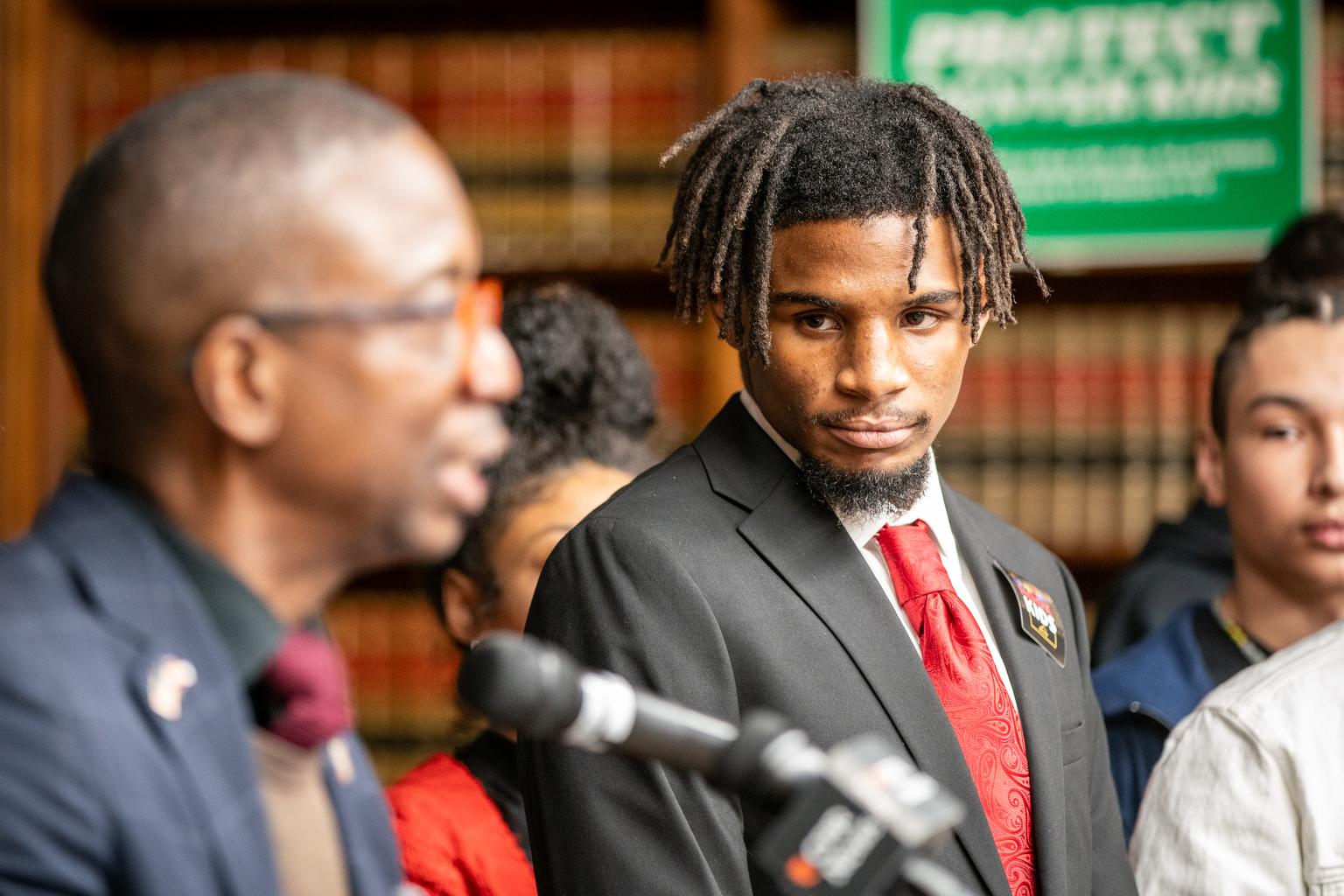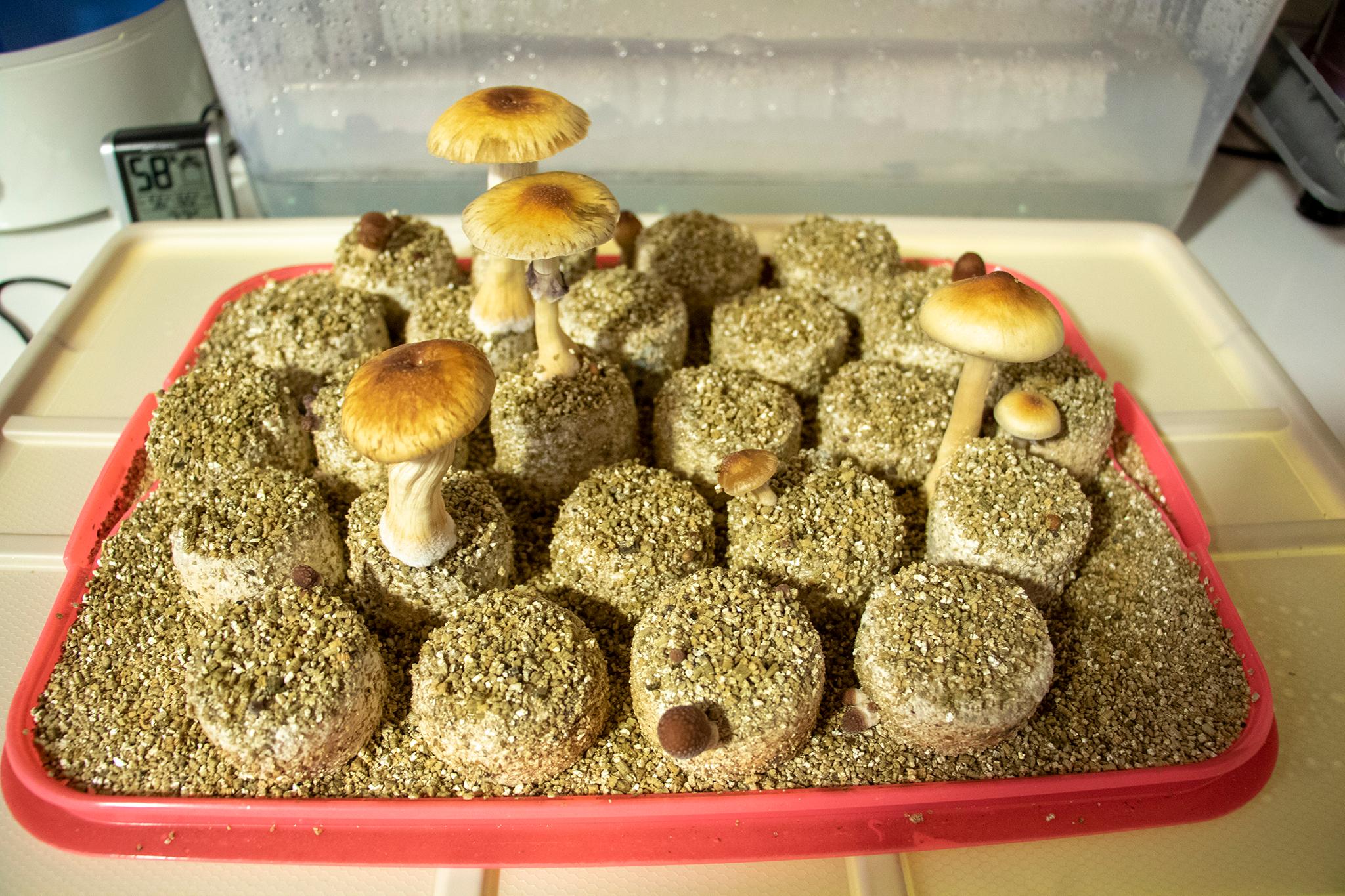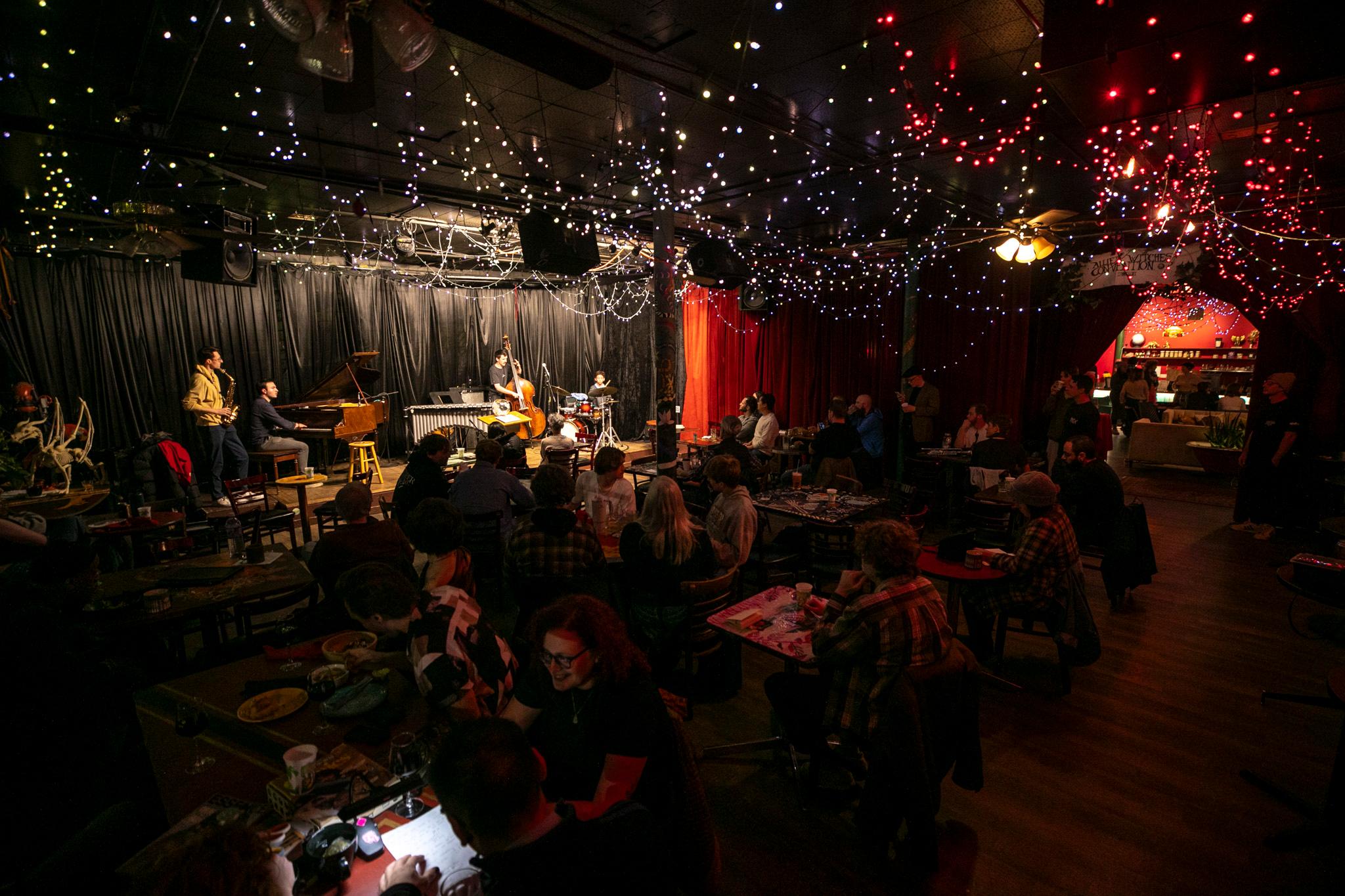With frigid temperatures here for the week and snow arriving Thursday, people stuck outside and wanting to avoid hypothermia and frostbite will be looking for places to warm up.
Many will go to Denver Library branches. Others will buy a cup of coffee to reserve a spot at fast-food joints. And some will be looking for city-sponsored warming centers, though, it's not guaranteed the temperatures will be low enough and the snow will be deep enough to open them.
Warming centers aren't fancy. They don't have snacks or cocoa. They don't have places to curl up and nap. Unlike the library, they don't have computers or endless books to read or librarians to scrutinize about Denver trivia, UFOs or anything else under the sun. Unlike 24/7 shelters, you can't sleep there.
But warming centers, most at rec centers, are, well, warm -- and sometimes that's enough.
But how does the city decide when to open a warming center?
Currently, the Denver Department of Public Health and Environment's threshold for opening warming centers is that the temperature must drop to at least 10 degrees or there are six inches of snow. The city opens cooling centers when temperatures exceed 100 for two days in a row and nighttime temperatures aren't expected to go below 75 degrees.
The city bases the call on the National Weather Service's extreme weather advisories. And sometimes, the call will be made even if the weather event doesn't meet those criteria. Sometimes, super cold and wet conditions are enough.
Yet doctors are warning City Councilmembers that the city should raise its threshold for when to open warming centers.
People can suffer from hypothermia and frostbite at higher temperatures. People living on the streets are especially at risk of dying from these issues.
"As a physician who cares for at-risk, medically fragile people experiencing unsheltered homelessness who often have major barriers to accessing shelters I am concerned about the plan not to activate the warming centers until it is 10 degrees F or below," wrote Dr. Sarah Stella to City Council. "I, unfortunately, have personally witnessed many cases of hypothermia and frostbite injury from only moderately cold temperatures, particularly when damp conditions also exist. I would encourage our partners at DDPHE to review the evidence and best practices on this issue and to adopt more reasonable thresholds that protect our most vulnerable unsheltered community members."
Dr. Sarah Axelrath, a primary care and street medicine physician with Stout Street Health Center, told members of City Council in a personal letter that the Denver policy of opening only when temperatures hit 10 degrees Fahrenheit is a "significant departure" from the standards of multiple metro area cities who open emergency daytime re-warming centers when temperatures hit 32 degrees Fahrenheit.
Axelrath also used her letter to City Council as an opportunity to encourage the city to halt encampment sweeps during the cold.
"Unhoused people will not leave their tents to go to a shelter or warming center if they are worried that they will return to all their belongings having been thrown away," she said. "They will simply die in their tents instead, as did two of my patients last winter."
In 2022, two people have died from extreme weather, one in January and one in March. In 2021, there were ten.
On Wednesday, the Department of Housing Stability, or HOST, briefed City Council's Safety, Housing, Education and Homelessness Committee on how sheltering in extreme weather works.
While warming centers are opened during extreme weather events, 24/7 shelter is available to unhoused people every day of the year, Deputy Director of Housing Stability and Homelessness Resolution Angie Nelson told the committee.
In the case that the regular shelter system exceeds capacity, HOST will expand shelter services and is even equipped to open emergency shelters at rec centers.
Nelson pointed people looking for shelter to HOST's shelter resource webpage and encouraged people looking for immediate help to go to the "Front Door Shelters," where people can get connected to the larger shelter system.
Those front-door shelters include the following:
For individual men: Lawrence Street Community Center
For individual women: Samaritan House
For families with minor children: Samaritan House, the Gathering Place or Volunteers of America Mission
For youth 15 to 20: Urban Peak
For those experiencing domestic violence: Safehouse Denver, 24-hour crisis hotline
Service animals are allowed in shelters, and other pets can be taken to the Denver Animal Protection's Safe Haven Program.
"A change to our system that some may not be aware of is that throughout COVID, our system really transformed to become more 24/7 and residential," Nelson said. "So rather than having the system where folks came at night, stayed overnight and left in early morning hours and were out all day long, only to come back later that evening, now we have a system that allows people to stay. They're not put out early in the morning. They have daytime access to a safe warm place to be."
Even so, the Department of Public Health and Environment acknowledged it would be reevaluating how to decide when to open warming and cooling centers.
Gregg Thomas, a division director for the Department of Public Health and Environment, told the committee that he didn't see much difference between four inches and six inches of snow.
He described the threshold system as a "work in progress," and there is still work to be done.
"We've continued to make refinements," he said. "And we will do a deep dive on the public health impacts of temperature and activations."













